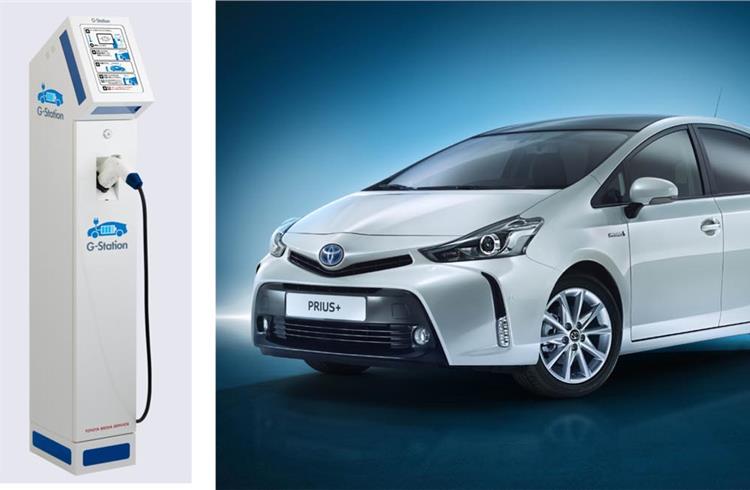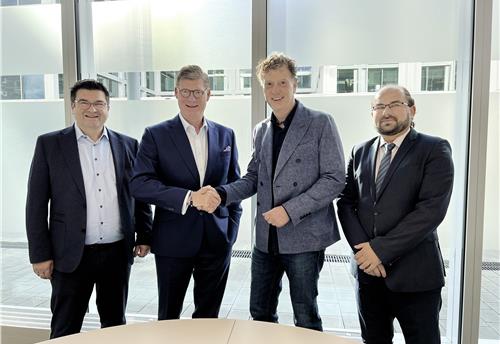Toyota to test expansion of EV and PHV charging infrastructure in Japan
Toyota Motor Corporation has announced that it will be testing electric vehicle charging infrastructure in Aichi Prefecture from November 1 until March 15, 2015.
Toyota Motor Corporation has announced that it will be testing electric vehicle charging infrastructure in Aichi Prefecture from November 1 until March 15, 2015. The tests will involve standard chargers for use with vehicles such as plug-in hybrid vehicles (PHVs) and electric vehicles (EVs). The tests will be conducted jointly with four municipalities (Kariya City, Toyota City, Toyohashi City, and Nagakute City) and two companies (Toyota Industries Corporation and UNY Co., Ltd.), all of which are located in Aichi Prefecture. Toyota conducted similar tests in FY2012 and FY20131.
In addition to targeting commercial, tourist, and accommodation facilities as in past tests, this year's tests will also involve cultural and social service facilities (including some in hilly and mountainous areas). Multiple chargers will be installed at certain commercial facilities where charger use was heavy in last year's tests. The aim will be to ascertain the optimal number and location of charging stations and their ease of use.
A total of 147 chargers will be used in the upcoming tests, including 43 newly installed chargers (some of which are non-subsidized) and 104 installed in or prior to the last fiscal year. To publicize the tests and encourage wider use of the chargers, Toyota will distribute leaflets detailing charger locations and display posters at the participating municipal facilities.
The tests will focus on
- Identifying ideal charger locations and operating methods by monitoring usage (charging frequency and duration) for each day and hour at each facility.
- Determining whether installing chargers at city-owned facilities near popular driving destinations in hilly and mountainous areas will allay user concerns about running out of battery-charge and also help increase the number of new users.
- Installing multiple chargers at commercial facilities where usage is heavy and monitoring changes in usage to ascertain the need for energy management measures, such as peak shaving.
RELATED ARTICLES
Lamborghini unveils Urus SE ahead of 2024 Beijing Motor Show
Electric-only range of 60km helps reduce emissions by 80%.
ZF to display next-gen e-axle for low-floor city buses at Busworld Turkiye 2024
The AxTrax 2 LF is available with a continuous output of up to 360 kW and a peak torque of up to 37,300 Nm.
Daimler Buses and BMZ Poland to develop next-gen NMC4 electric bus batteries
The new battery generation NMC4 – succeeding the current NMC3 technology – will combine high energy density, resulting i...





 By Autocar Pro News Desk
By Autocar Pro News Desk
 10 Nov 2014
10 Nov 2014
 3541 Views
3541 Views









